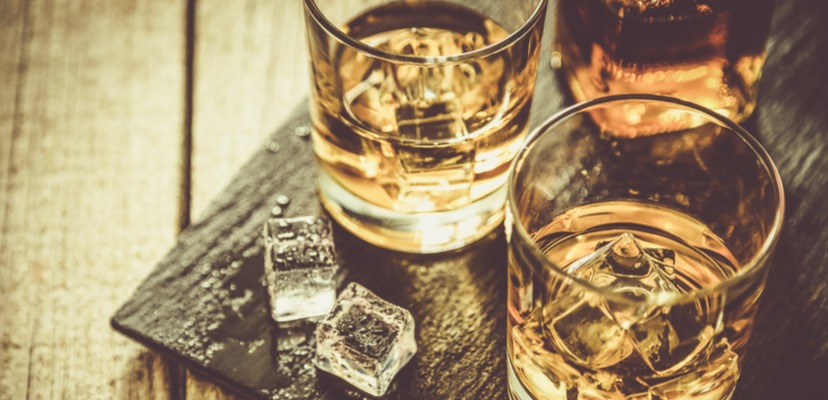You’ve put everything you have into perfecting your product. But before you bottle, some things have to come out.
You may think that you’ve created a pure product and adjusted everything you can to make the best quality possible, but without proper filtration, your product may not pour out neat.
Flecks of carbon, bits of char, and pieces of particles or debris can sneak their way in before bottling. Fatty acids, esters, and fusel oils that cause chill haze may still be lurking in your otherwise beautiful libation, creating an ugly haze to muddy your spirit if it encounters below-freezing temperatures.
To achieve a consistent craft product that exudes quality and professionalism, we’ve put together a guide to navigate the nuances of every stage of filtration when working toward a batch of gold.
Bar Bits of Char
For barrel-aged spirits like whiskey, bourbon, rye, spiced rum, or agave-based spirits like tequila, BAG FILTRATION is the first step after dumping your product from the barrel. Bag-filtering removes any hitchhikers like burned wood barrel particles from your product. (This step removes large particles only.)
How It Works
The product is pumped into the sock-like filter, and is then collected in a new, clean tank.
Haze Removal and Chill
Customers expect quality spirits to look clear and to maintain a consistent and recognizable color. To make consistent production of quality batches sustainable, DEPTH FILTRATION produces a professional result every time.
Besides ensuring a haze-free spirit, depth filtration can be used to adjust color, soften flavors, or quell unwanted odors, while allowing you to preserve the true colors, flavors and aromas of your product. Gin will feature its botanical qualities without harsh, competing scents, and whiskey will glow amber without a dull, cloudy cast.
How It Works
In CHILL FILTRATION, the product is filtered through cellulose media at below-freezing temperatures, around 26-28°F. This removes undesirable esters, oils and fatty acids that can cause hazing after bottling, which might not materialize until it arrives with the customer due to cold weather under distribution or storage. Depth filtration also helps to remove the sins of a dirty still, such as correcting the blue color that may affect vodka or gin that has been contaminated with copper sulfide during distillation.
Chill filtration can be combined with CARBON FILTERING or powdered carbon additives which also aid in absorbing certain fatty acids. Certain carbon may also add desirable qualities to flavor, such as carbon from coconut shells which add a vanilla quality.
The now clean and crisp product is filtered from the holding tank into a bottling tank.
Make Your Spirit Sparkle
CARTRIDGE FILTRATION is the final catch-all that polishes off your spirit to prepare it for bottling. After having gone through the bag and depth filtration stages, lower-micron impurities that have accumulated from piping or filter media that has settled in your product need to be filtered out. Other environmental undesirables that have made their way into your spirits between distillation and bottling may also include flecks of carbon powder or dust. After removing these fine particles, the result is a clean and bright product that will visually impress distributors, tasters, and customers before it even touches their lips.
How It Works
There are a few different kinds of cartridge filters to choose from. String-wound and thermally-bonded filter cartridges are usually used for smaller batches or water filtration. Pleated cartridge filters are the most common filters in final catch filtration. They can handle many gallons of liquid and still collect fine char and dust particles before your product goes to the bottling line.
Cartridge filtration can also be used to filter the water you use in making your spirit, which may contain numerous dissolved solids that can alter flavor.
There you have it! The three essential stages of filtration that will set your spirit apart from sloppy productions. After the work you put in to develop, distill, and age your creation, ensure that you do it justice by finishing clean, not muddy. High quality productions are able to produce and adjust batches to yield beautiful results every time by planning proper filtration practices.
Looking for the right filter system for your process? Check out our filtration products, or get some insight from our product experts:




